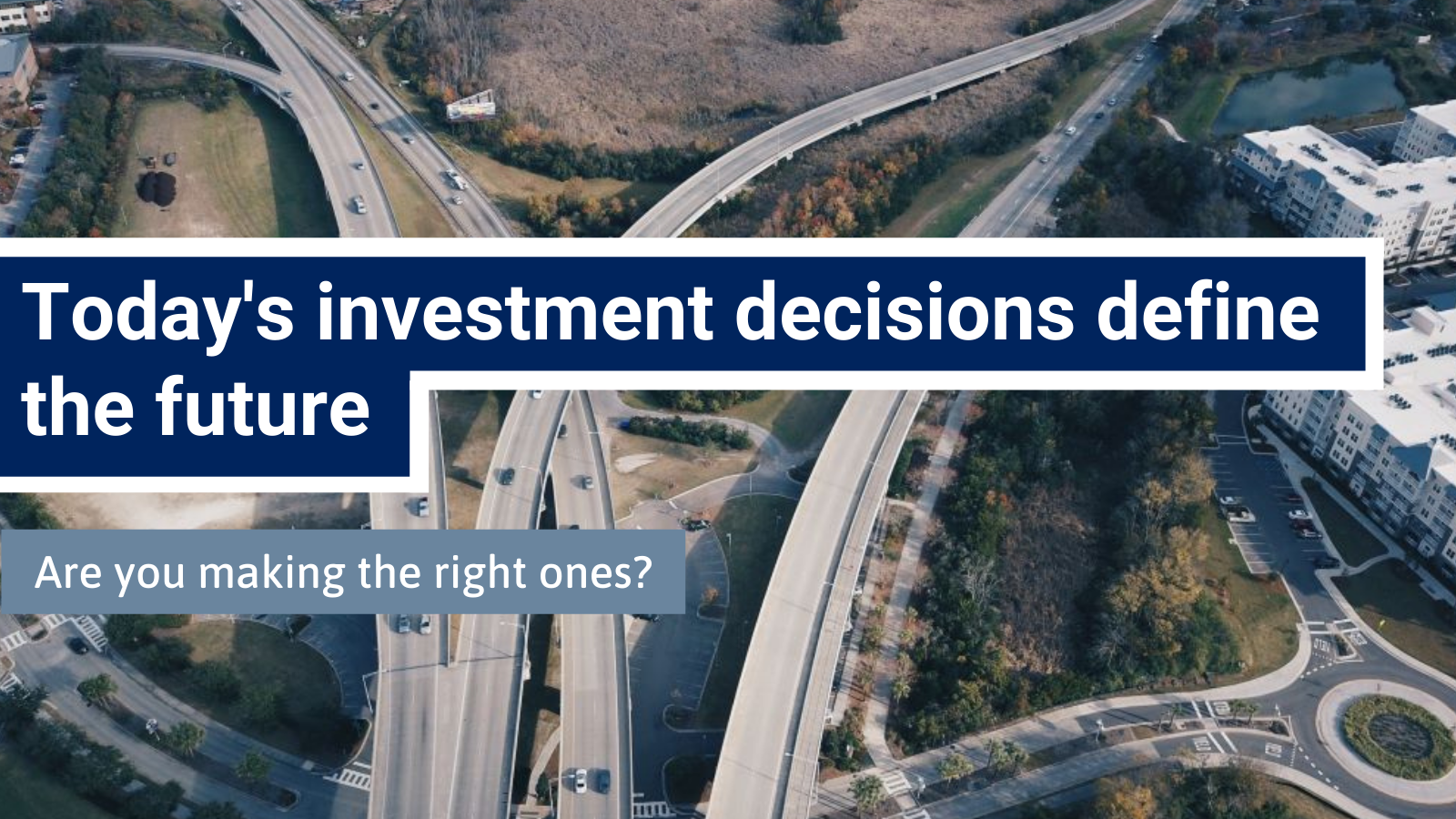Investors are twice as likely to invest in renewable energy in developed markets as in developing markets
Source: GIH calculations based on IJ Global data.
Notes: All figures refer to primary investment in infrastructure projects, which includes greenfield and brownfield infrastructure, as well as privatisations. It excludes secondary transactios such as acquisitions and refinancing.
As mentioned in a previous insight, renewables dominate private investment in infrastructure, accounting for around half (47%) of all private investment in infrastructure projects in 2020, the vast majority of which occurred in high-income countries (90%).
Investor appetite for renewables in developed markets is clear. Considering total private investment in energy generation projects in 2020, renewables represent 91% in high-income countries. Investment in renewables has long been the preferred type of investment for energy generation in high-income countries and this trend has strengthened in recent years.
The picture differs in middle- and low-income countries. In middle- and low-income countries, 55% of total private investment in energy generation was in non-renewables in 2020, leaving only 45% to be directed to renewables. This difference between renewable investment in high-income countries and that in middle- and low-income countries exists despite evidence indicating that clean energy investment in emerging markets is a very cost-effective way of reducing emissions on a global basis.
While private investment in non-renewable projects remains significant in middle- and low-income countries, there has been progress towards greener energy over the past decade. Total private investment in non-renewable energy generation projects in these countries was 77% in 2010.
Despite these investment levels, the landscape is not wholly discouraging. Considering the number of energy projects, rather than their value, paints a more nuanced picture, given that the average deal size for renewable projects is much smaller than for non-renewable projects. In 2020, while the value of private investment in non-renewable projects outstripped that in renewables in middle-and low-income countries, the number of renewable projects was 5 times the number of non-renewable projects – indicating a clear appetite for renewables even in emerging markets. It is again notable, however, that in high-income countries, this figure was almost 20 times higher.
Overall, there is significant progress towards cleaner energy, with private investment in renewables increasing while investment in non-renewables has decreased in both developed and developing markets. But there is still ample opportunity to do much more – and it is critical to do so. Current levels of renewable investment are not sufficient to reach net-zero targets, even in high-income countries, and private capital is still flowing into fossil fuels.
In middle- and low-income countries, despite clear challenges at both the project and broader macro-level, the need to ramp up private investment in renewables is a significant opportunity to meet global infrastructure needs and emerge from the COVID-19 crisis while complying with the UN Sustainable Development Goals.

 Infrastructure Monitor
Infrastructure Monitor

